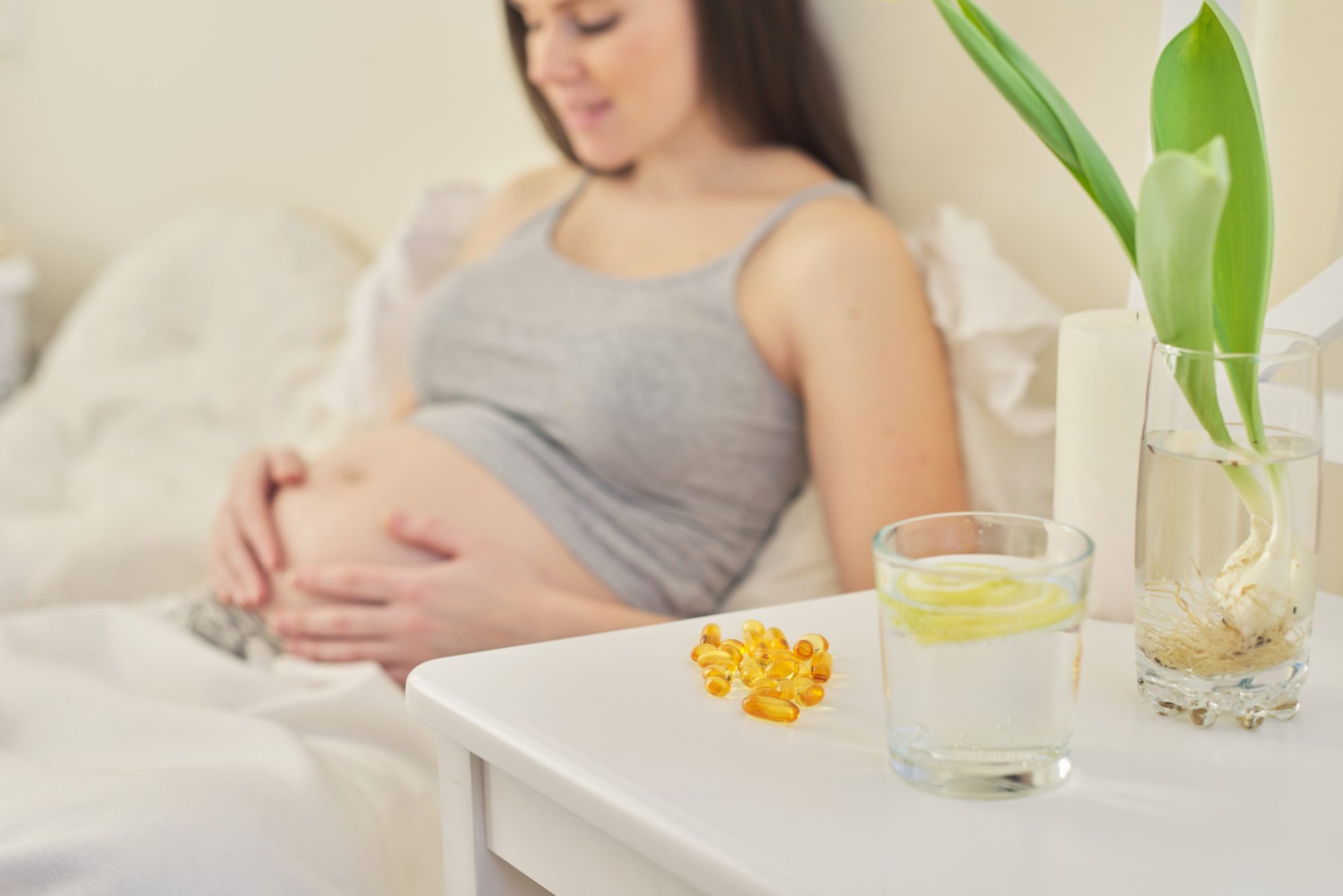
Vitamin D in pregnancy and post-partum
by Steph HazlegreavesTegan Philip, Head of Education at The Association of Naturopathic Practitioners, reviews how COVID-19 may amplify the already important role of vitamin D intake during pregnancy and post-partum
Maternal vitamin D status is important not only for a healthy pregnancy and foetus, but also after birth for the long-term health of the child. Vitamin D plays an essential role in skeletal growth and bone development, amongst other functions, and whilst many mothers understand the critical role of folate in pregnancy, there tends to be less understanding of the important role of vitamin D in pregnancy and postpartum health outcomes.
Expecting mothers should ensure they have optimal vitamin D blood levels prior to conception and take prenatal supplements throughout their pregnancy that contain 10mcg (or 400 IU) of vitamin D daily in the form of D3 which is the best form for absorption. Women who are deficient or who present with suboptimal levels may require a higher dosage.
Challenges arise in pregnancy as there is limited research to support our understanding of health outcomes due to the ethical consideration associated with conducting trials on pregnant women. For this reason, there is a lack of data on maternal and child health outcomes, which requires medical practitioners to make assumptions based on anecdotal evidence and clinical reasoning.
Vitamin D deficiency
Epidemiological studies reveal there is a high prevalence of Vitamin D deficiency in pregnancy and lactating mothers, especially during winter months when sunlight exposure is reduced. Vitamin D status is dependent on two things, food intake of vitamin D food sources and sunlight exposure. The latter is the most important factor concerning vitamin D absorption as it is synthesised in the skin in response to UVB sun rays, which is then taken up by the cells to be absorbed by the body. Therefore, mothers and children who live in northern hemisphere countries, or spend limited time outside exposed to sunlight, or wear sunscreen are most at risk of vitamin D deficiency. Additionally, sunlight exposure in these countries could only be optimal between mid- April to mid-October, and for ideal vitamin D synthesis, there needs to be exposure to sun on exposed skin for at least 20 minutes. Furthermore, vitamin D status could also be low in those who have darker skin because melanin, the pigment in their skin doesn’t make and absorb as much UVB radiation from the sun. Therefore, they too should consider testing their vitamin D blood levels annually, especially in the winter.
Food sources
Food sources of vitamin D include, sardines, egg yolk, dairy and fortified products, however, the amount of vitamin D present in these foods is really not sufficient for optimal vitamin D status. Therefore, we need sunlight exposure, or supplementation may be warranted. In addition to supporting healthy bones, vitamin D plays an essential role in immune function by modulating both the innate and adaptive immune responses and interacts with key immune cells such as T-cells and macrophages and thus protects your body against pathogens and infections.
COVID-19
Those who are not exposed to sunlight or are limiting their outside time due to COVID-19 and government guidelines could possibly be missing out on a crucial nutrient that has a profound role in modulating the immune system in a positive way. Whilst there are limitations in comparing COVID-19 mortality rates in countries, it has been postulated that vitamin D deficiency could be a contributing factor as it’s documented in various studies that poor Vitamin D status increases your susceptibility to respiratory tract infections. Because of Vitamin’s profound role in immune function, those in high-risk categories for COVID-19, including pregnant women, should ensure they have their blood levels of vitamin D tested so they can take supplements if required.
What’s more, recent studies have linked low blood serum levels of vitamin D to several non-communicable diseases, including cancer, autoimmune conditions and neurological disease. Correlation papers also demonstrate low serum vitamin D in pregnancy associated with preeclampsia.
Vitamin D for new-borns
A new-borns vitamin D status is based on its mother’s vitamin D levels in pregnancy. After it is born, breastmilk is the best source of nutrients for all babies, however, it can often lack sufficient amounts of vitamin D. Babies need vitamin D to absorb other minerals, including phosphorus and calcium, and to prevent rickets and weak bones. There is some evidence that breastfeeding mothers who have sufficient vitamin D levels can pass this on to their babies, but because of their delicate skin, babies tend to not be exposed to sunlight too often so they will usually miss out on the second component of vitamin D uptake which requires sun exposure. The UK Government, along with other governments round the world normally advise that babies up to 1 year of age are supplemented with 8.5-10 micrograms (400 IU) of vitamin D to be on the safe side. Generally, babies who are fed formula milk should get sufficient vitamin D as formula is fortified with vitamin D, however, this would depend on how much they were drinking, so it’s best to check with a nutritional therapist or paediatrician.
Contributor Profile

Tegan Philip
Head of Education
The Association of Naturopathic Practitioners
Phone: +44 7402 204 230
Email: education@theanp.co.uk
Website: Visit Website